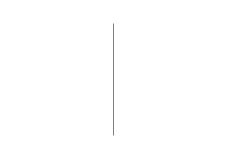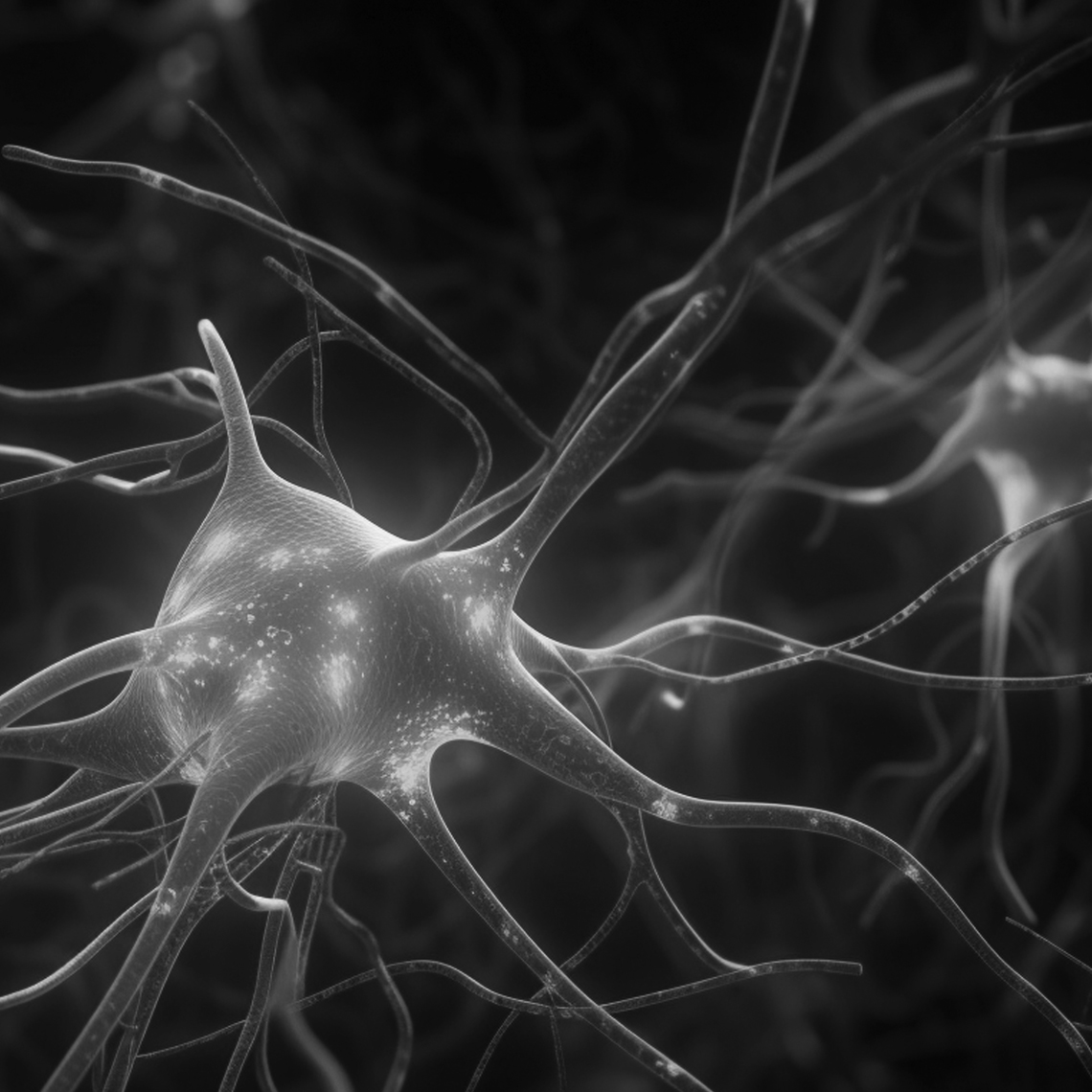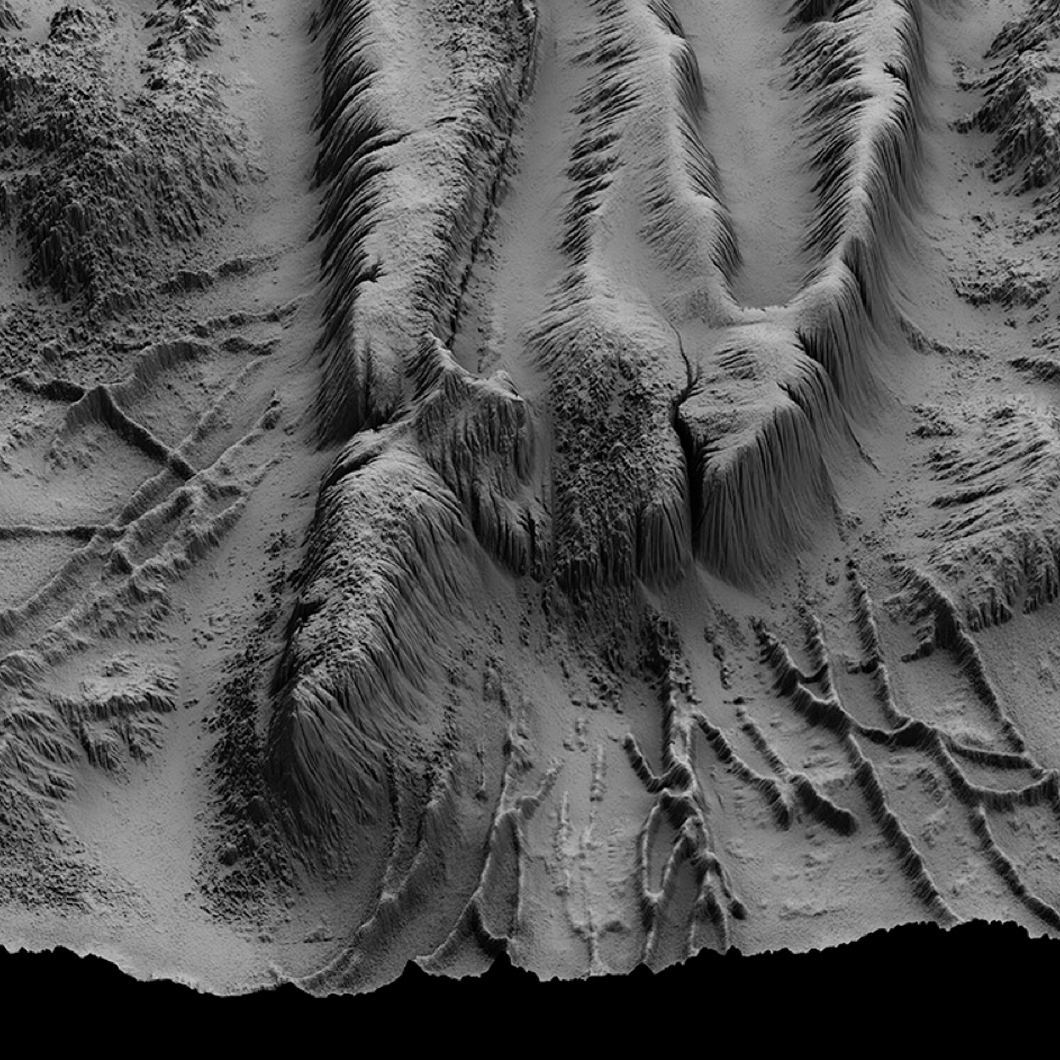
WHERE SKIN BECOMES RELIEF AND THE BODY DISSOLVES INTO THE LANDSCAPE
The Body as a Territory to Be Explored
CARTOGRAPHY OF
THE COSMOS
The creative direction of the digital pieces Corpuscapes arose from the need to expand the scale of matter, dissolving the boundary between the micro and the macro, between the body and the cosmos.
The forms, drawn with rough contours and irregular surfaces, evoke the geological aridity of planetary landscapes, such as the Moon and Mars—inhospitable territories, marked by silence and time, awaiting to be deciphered by those who attempt to inhabit them. Just like the remnants of ancient civilizations, the human body is here reduced to fragments of information, observed and interpreted from a distance.
Here, the body ceases to be just a body. It becomes landscape, relief, a geological remnant.
The texture of the skin and the arid surface of Mars and the Moon merge into the same matter, as if human anatomy were merely a smaller version of something greater—a planet, a rock lost in the universe.
The surrounding space, dark and without reference, amplifies this sense of displacement, as if these forms did not belong to a single territory, but to all at once.
In this fusion between body and cosmic landscape, the work suggests an exercise in scale, an invitation to rethink our existence not as something isolated, but as part of a greater system—a continuous cycle of transformation, where the dust of the body merges with time, perpetuating traces of its presence in the cosmos.

Lunar Surface. Image sourced from Freepik.

Image via Bruce Murray Laboratory for Planetary Visualization

Lunar Surface. Image sourced from Freepik.

Image via NASA / JPL-Caltech / UArizona

Nature and the territory we walk upon move like clay over our bodies, at a homeopathic rhythm that sculpts our paths and passages in an almost static way— a sculptural provocation, where the environment shapes and is shaped, delineating textures and forms. We speak, then, of a territory that, in its untouched state, exists on its own— sculpted only by the erosion of time, by the invisible forces that sustain it.
But when touched by humans, an inevitable dance begins— a game between creation and destruction, where presence molds and alters, converting landscapes into fragments of time, remnants of an irreversible impact. The soil that once sustained life becomes a witness to what once existed, fossilizing in its absence.
Now, as if a digital archive preserved traces of an extinct world, the Corpuscapes pieces emerge as fragments of a lost territory— digital fossils in landscapes shaped by the presence of their own inhabitants. The matter dissolves, yet it remains recorded, suspended in time, archived by a distant civilization trying to decipher a space that no longer exists.
Corpuscapes
Between repulsion and contemplation, Corpuscapes stems from the fragility of the body— a temporary structure, vulnerable to the passage of time and disintegration.
The poses of the bodies are fragile, at times in a fetal position, as if trying to return to the place where they have always belonged. Each movement follows the topography of the mountains, new forms are sculpted, merging with anatomy itself and revealing bodies that oscillate between abstraction and figuration, depending on the level of erosion.
This visual fragility, this paradox between depth and surface, reinforces the idea that what was once living matter is now a fragment of the past, interpreted by eyes that do not belong to our time.
The pieces emerge as three-dimensional impressions that, paradoxically, rest upon a plane with no apparent thickness— a surface that supports emerging volumes yet remains bidimensional at its base.
Their irregular contours evoke the fragility of an ethereal support, like dried leaves from a digital fossil archive, where three-dimensionality fades into visual remnants.
As if they were fragments preserved by a future civilization, these landscapes suggest an archaeological study of human presence— a catalog of forms that once moved and now rest, eternalized in layers of digital terrain, resonating like echoes of a fossilized past, drifting between matter and memory.
What remains is the memory of a once-inhabited space, a trace of something that was and that, in transforming, never ceases to be.

ARCHIVE
Corpuscapes
Process
The landscapes began as photographic records of my body. These images were reinterpreted as digital paintings and processed in 3D, transforming anatomy into a territory open to mutation, also exploring the bodies of others.
Each relief emerged from a balance between chance and intention, oscillating between the familiar and the unknown. Like remnants of something that once existed, these landscapes are echoes of a body dissolving into space, converting itself into a territory.
I incorporated patterns inspired by neural networks, which sculpted valleys and structures into the terrain, as if anatomy itself left traces in the geology. Lines that could be internal circuits or maps of a distant land emerge on the surface, reinforcing the fusion between body and landscape. What seemed like a fragment becomes an extension, and what was human transforms into relief— a territory without a defined scale, drifting between times and forms.
Software: C4D, Blender, After Effects, Davinci Studio, Terrain Software, Touch Designer, Procreate, Adobe Photoshop

The Topography of the Invisible
BRANCHES BETWEEN
BODY AND UNIVERSE
The creation of these digital landscapes began with the observation of neural networks— biological structures where information propagates through interconnected circuits, sculpting thought pathways. Inspired by this organic logic, I used images of neural networks as an integral part of the conception of these digital pieces, transposing their intricate patterns into a new visual territory.
Just as neurons connect and expand electrical impulses throughout the brain, the forms here develop as interwoven filaments that grow and unfold, simulating a living system.
The geometry of these networks, translated into digital relief, becomes landscape— a fluid cartography where the structure of thought finds an echo in topography.
Thought sculpts the environment, and the environment, in turn, transforms the mind. The same logic that shapes synapses and gives form to thought seems to be reflected in the organization of the landscape, as if both belonged to a single pulsating system.
By merging science and abstraction, the representation of the invisible manifests itself in terrains that oscillate between the biological and the cosmic.
What were once synapses converted into images now transforms into territory— a space where matter and memory converge, resonating as a trace of that which organizes both human thought and the universe.

Imagem gerada por computador, cortesia de Center for Astrophysics | Harvard & Smithsonian.

In the fusion between form and landscape, human anatomy becomes topography, tracing a fleeting map of what once existed.

Decomposition
Advanced Sculptural Exploration
PHASE #02
In a later phase, I intend to create pieces where I deepen the abstraction of the human figure, as a result of an advanced state of decomposition and transformation. At this stage, the human figure dissolves even further, reaching a state where body and landscape become inseparable.
Flesh disappears, leaving behind a skeleton that emerges and merges with the environment, extending its lines into mineral structures, eroded textures, and transformed organic surfaces.
The spinal column fragments and branches out as a natural extension of the terrain, while bones take on shapes reminiscent of fossilized corals or ancient rock formations. Here, the distinction between biological and geological collapses.
What was once a body now shapes the landscape, transforming into sculptures that challenge the notion of identity and permanence. The transition from the two-dimensional plane to the three-dimensional is complete, and these forms cease to be mere representations and become physical entities. The human trace is no longer a recognizable mark but a presence that expands, transforming the space around it.
The body and the landscape are no longer distinguishable— they become a single entity, where bones transform into rock, and anatomical forms dissolve into geological patterns. The piece gains physicality, ceasing to be just a representation and beginning to exist as active matter, sculpting the landscape as if it had always belonged to it.
Imagem gerada por computador, cortesia de Center for Astrophysics | Harvard & Smithsonian.
THE BEAUTY OF DECAY
info@thebeautyofdecay.art
@Thebeautyofdecay.art
@2025 All Rights Reserved


















